by Jim Anderson
There is only one sort of discipline, perfect discipline. General George Smith Patton
Preventing undocumented design changes requires perfect discipline. If you outsource any part of your manufacturing process, this discipline must exist not only with you, but with your outsource provider as well. As an outsource provider, we have witnessed a lot of situations where undocumented changes have created serious problems for us and our customers. Depending on your end market, the effects can create serious damage to you and customers. In our tips in this newsletter, you’ll find some of the key areas for consideration.
6 Tips to Prevent Undocumented Design Changes
1. Your internal document control system is the first line of defense. A robust system coupled with extensive and repetitive training is essential.
2. Select an outsource supplier that has an equally robust system and an extensive, repetitive training program.
3. Do an analysis of where possible undocumented changes can occur and then add safety stops in your procedures to prevent them. In the rush to get a problem fixed, the documentation that covers the corrective action can get forgotten. If you use a local supplier where it’s easy to go and visit on a moment’s notice, make sure you have a process where any changes get documented on the spot. Likewise, if changes are being made by telephone, make sure you have a process to document that. While email can offer a “written trail” it’s important you have a process that requires a documented trail of any changes.
4. In some markets (Medical and A&D for example), even simple part changes can have serious impact. Today, there is a critical concern over counterfeit parts and materials. Make sure the outsource supplier you have selected has a procedure for protecting your product design from unwarranted changes caused by counterfeit parts or materials. (See our newsletter of October 2010 for some of the serious effects of undocumented changes.)
5. At ESAM we have adopted the “Copy Exact” process. I would suggest you consider adopting this process and training all of your people in it. Our customers in the capital equipment market demand this for any assemblies going into the semiconductor market.
6. Attention to revision level of both upper and lower levels of assemblies is another critical point in your process to prevent undocumented changes. If any revision levels do not match, questions need to be asked. Such questions should be addressed at the earliest possible stage, even when you are having quotations done. Your suppliers should be bringing any such discrepancies to your attention for immediate resolution.
A robust document control system, good repetitive training and good discipline are the keys to prevent undocumented changes for all parties involved in the manufacture and assembly of your products. Not only will this reduce your current costs for rework or replacement, it can help in preventing latent field failures.
In one of our earlier newsletters, we focused on the factors that enter into the value of products or services you receive from your suppliers. We recommended a scorecard that attaches a quantifying number to the assorted attributes that make up “value.” Document control is one of those attributes that can escalate your products cost in a more or less hidden fashion. That is included in the scorecard. See the link on our home page to get a copy of this scorecard – the SAVE© Calculator.
